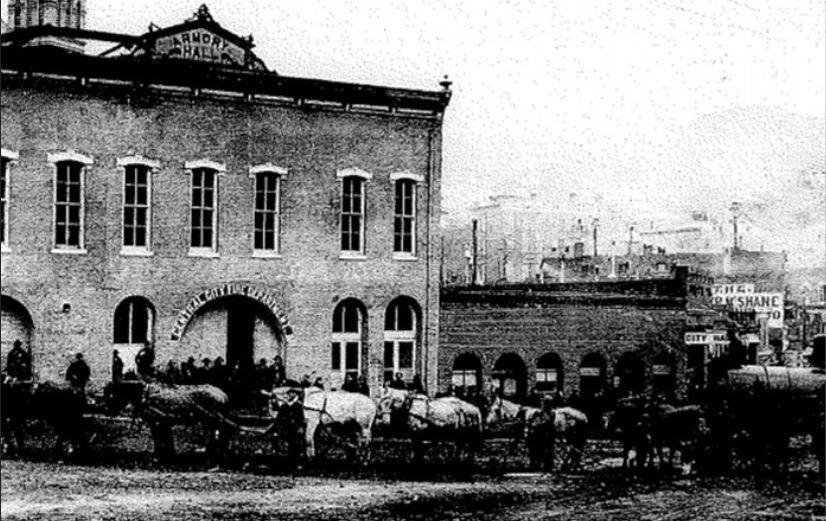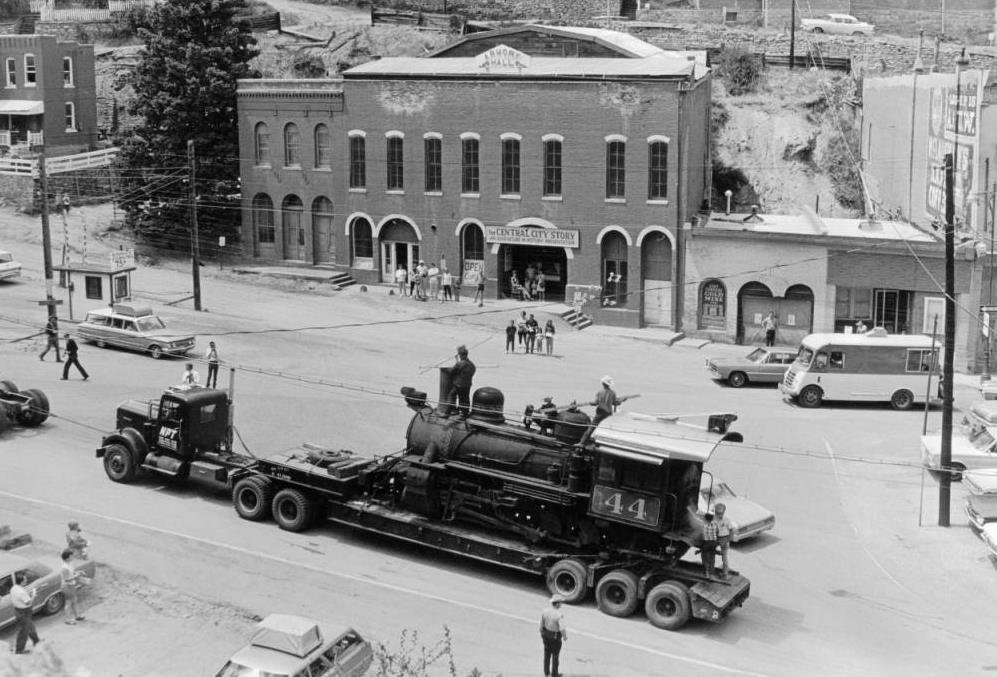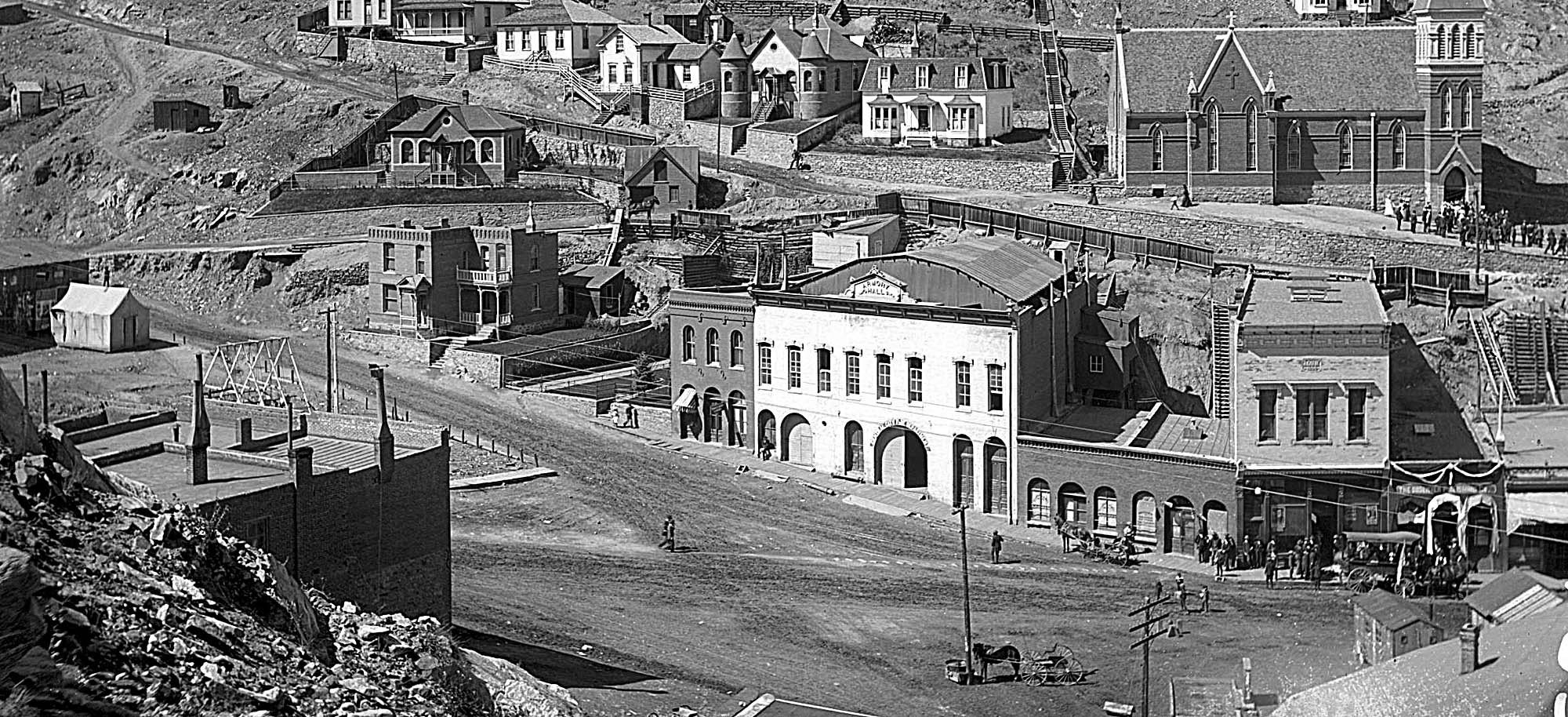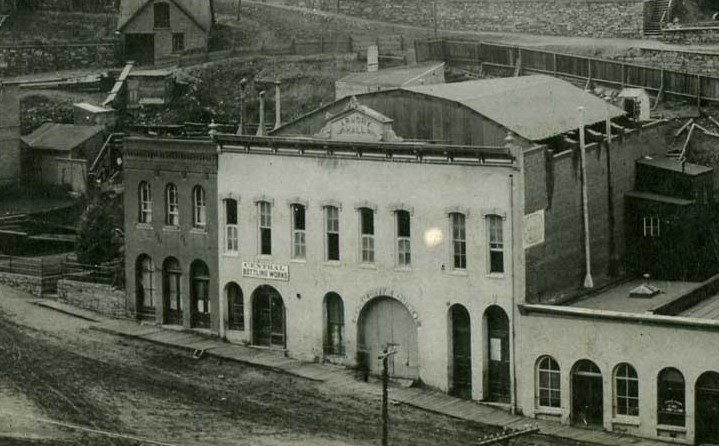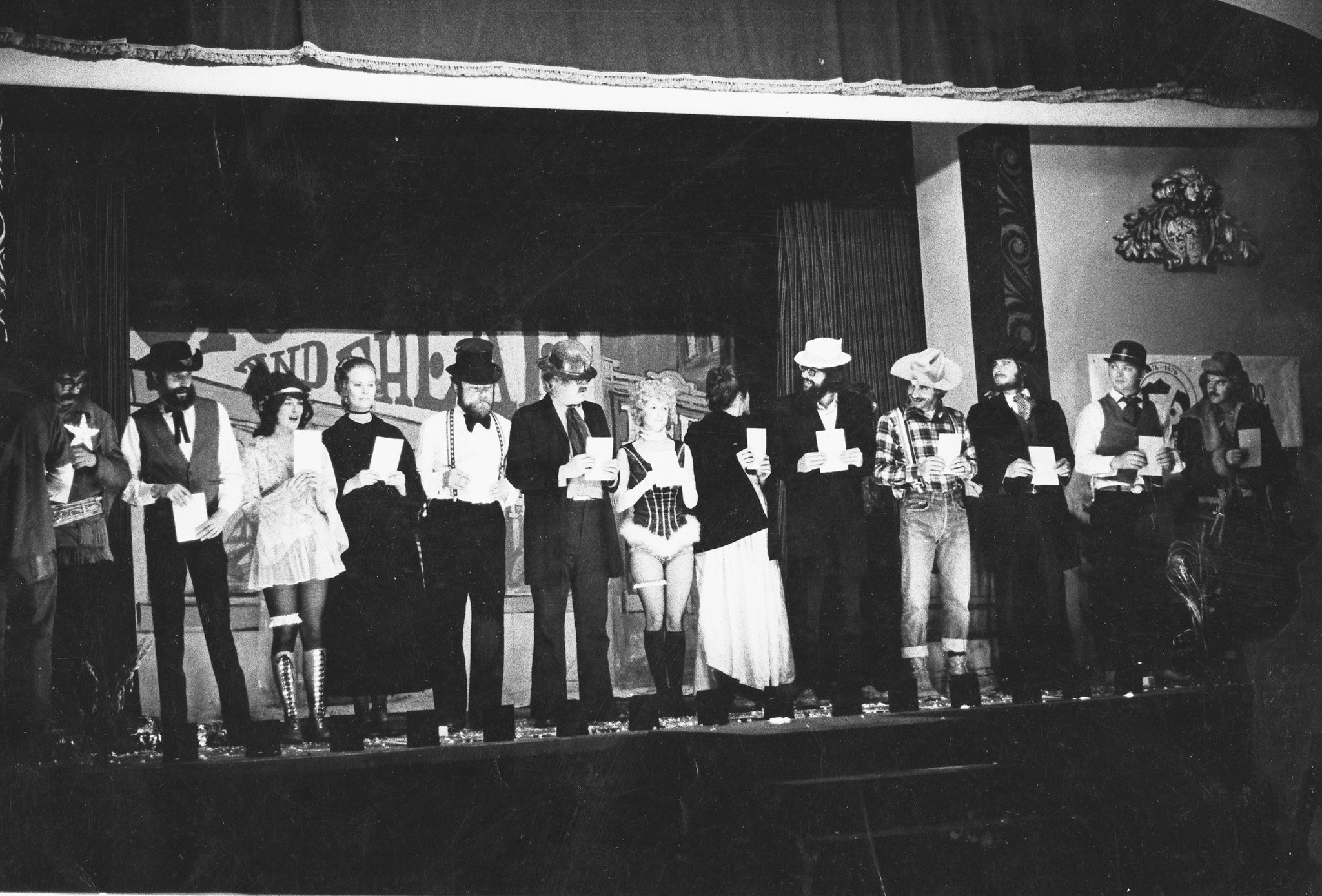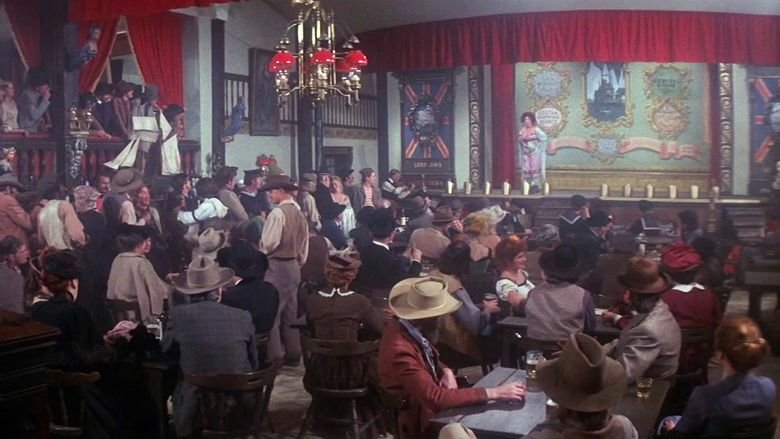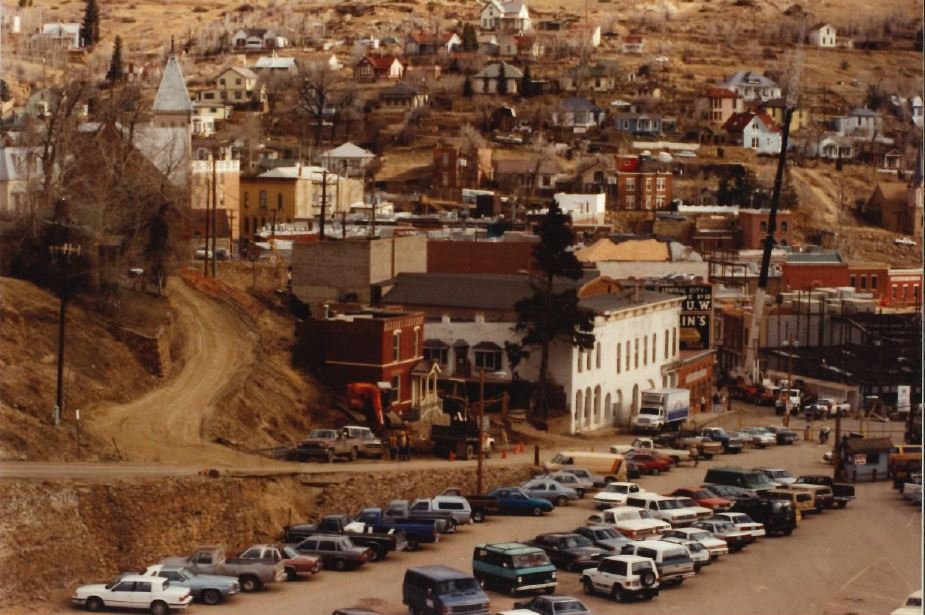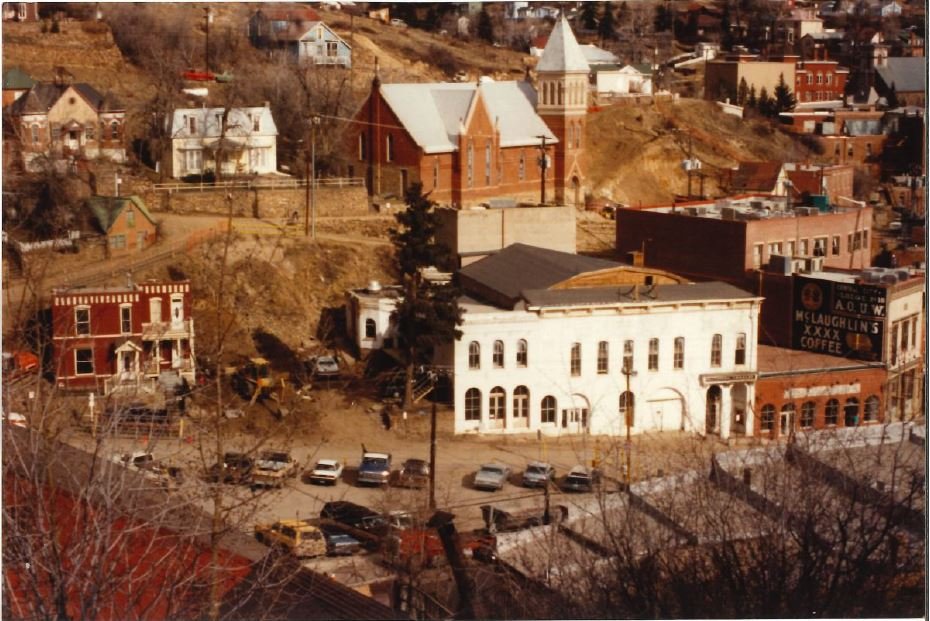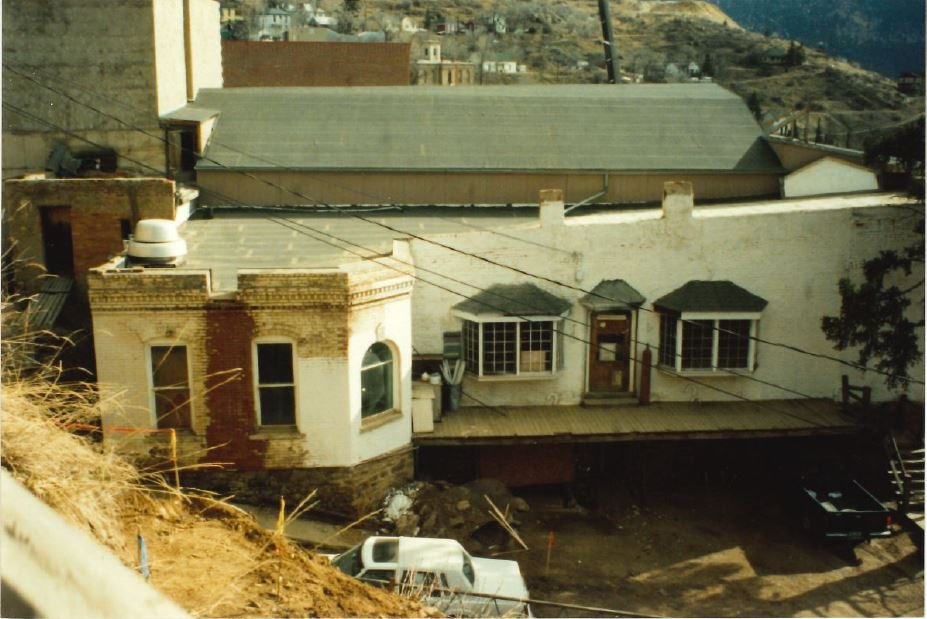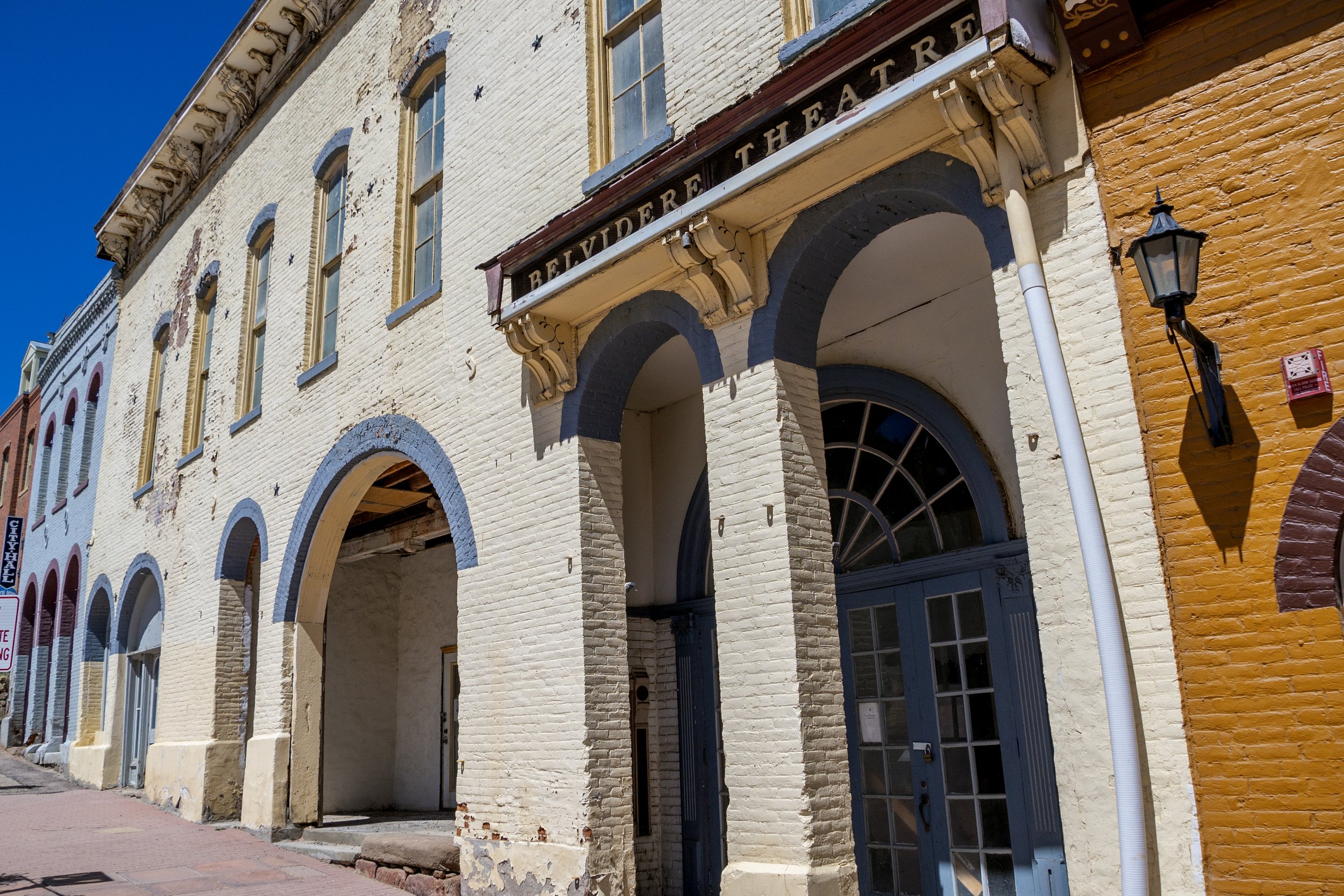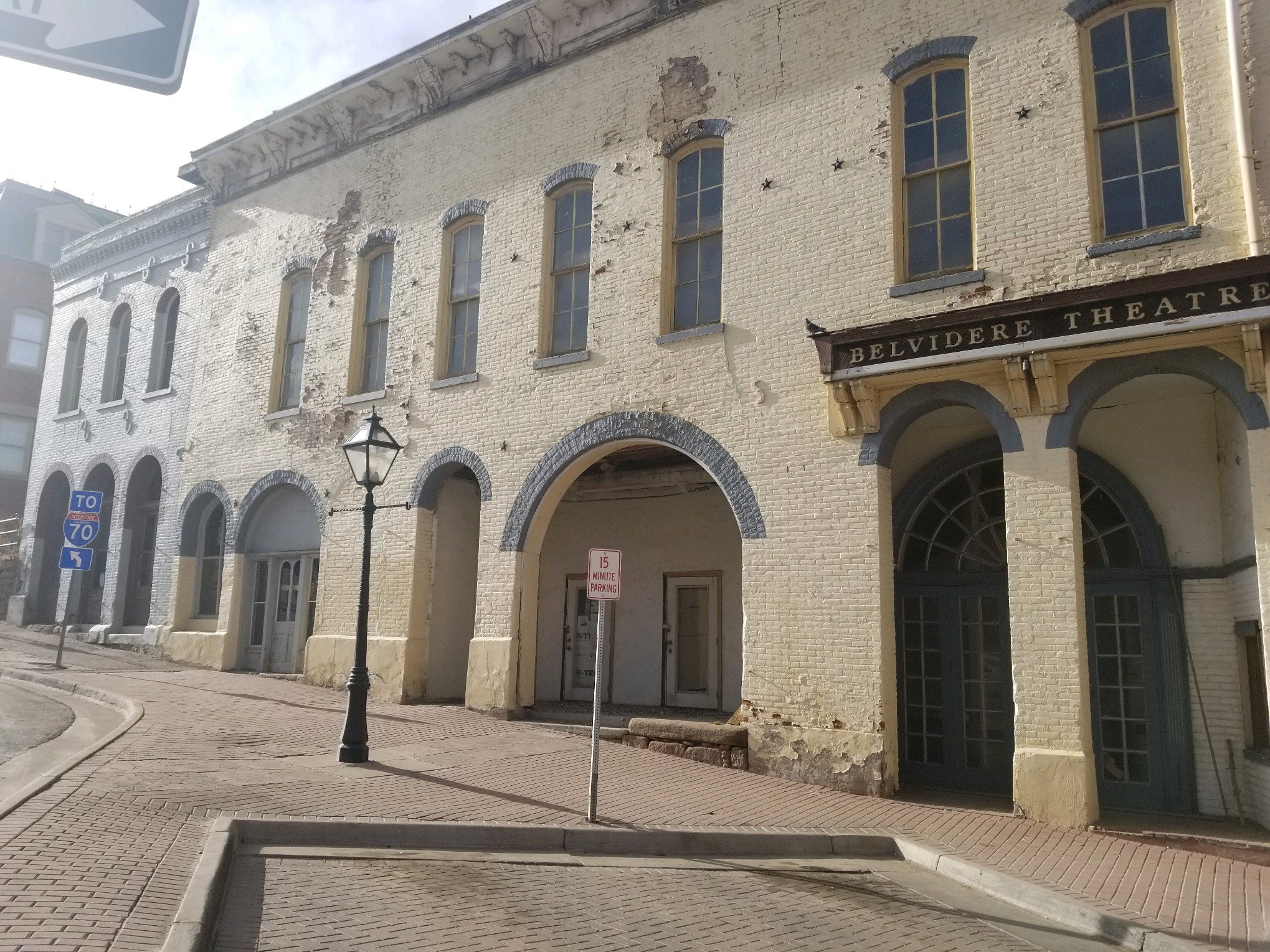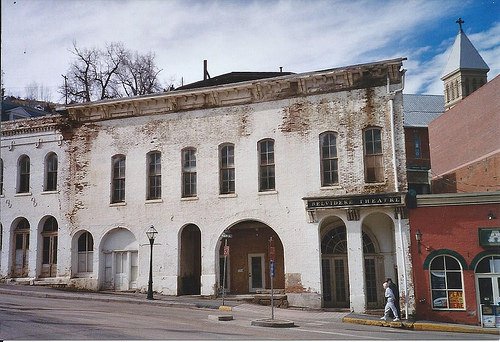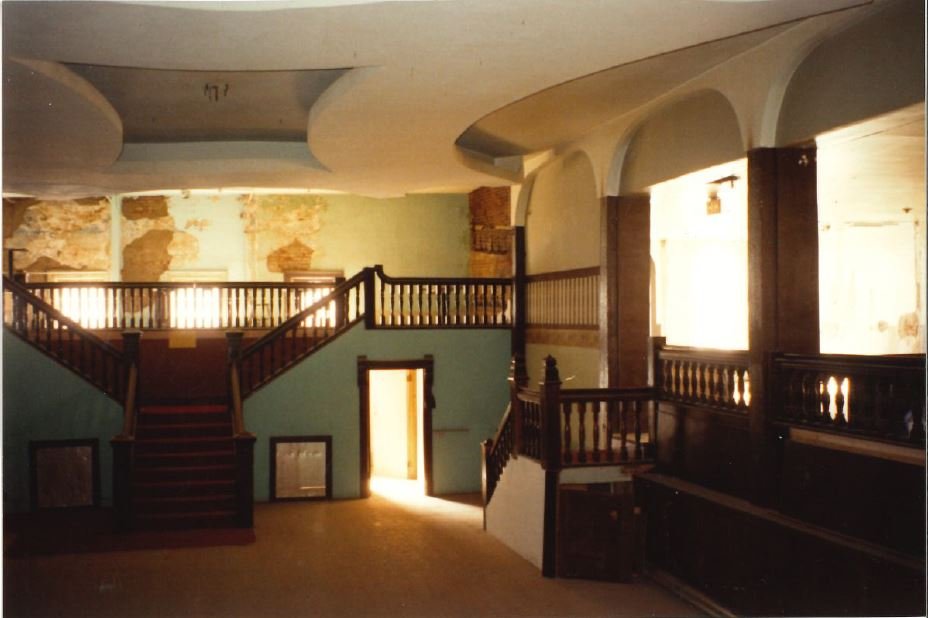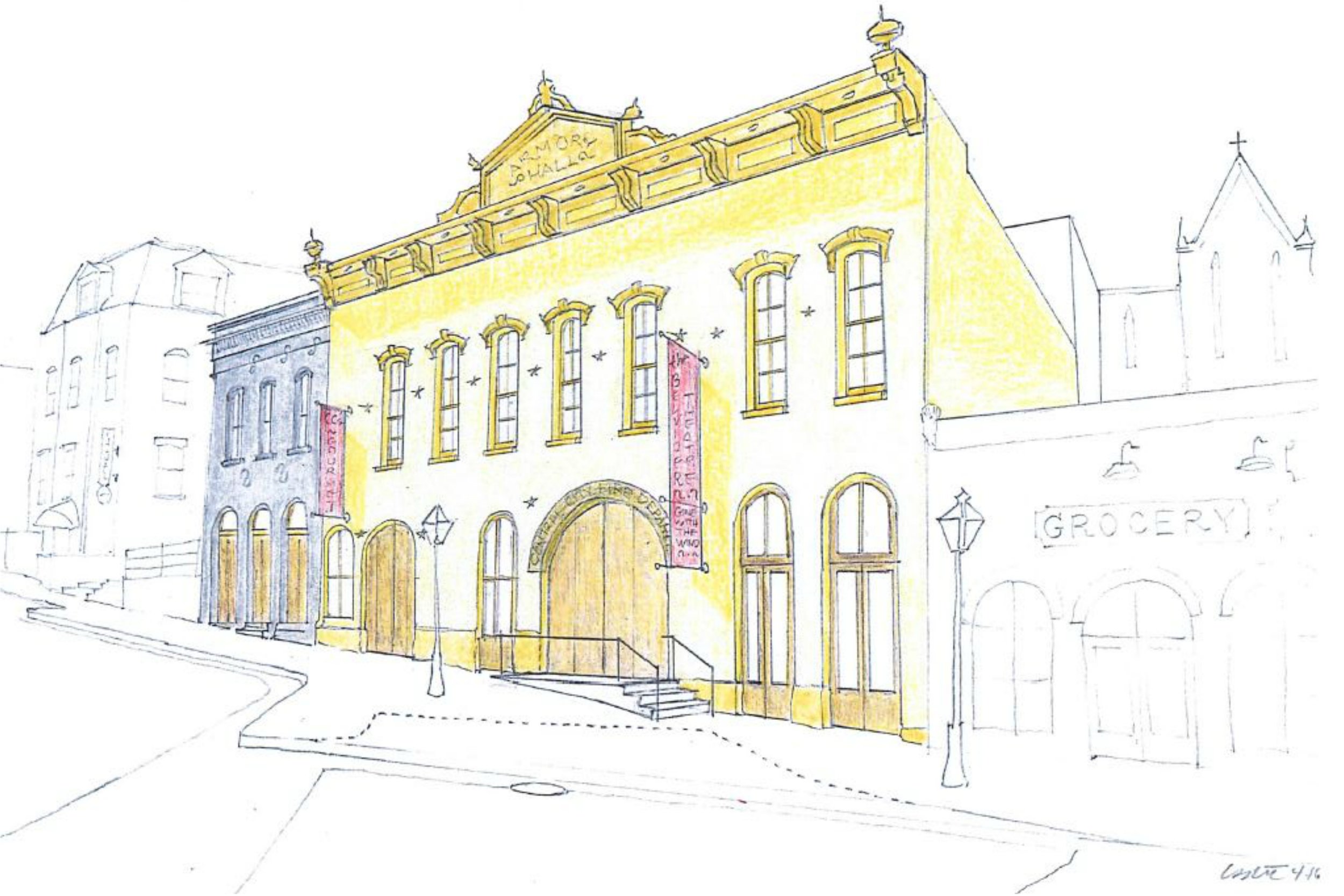
THE BELVIDERE
Become a part of history and help preserve this historical building through a donation.
belvidere theater
It is the mission of the Belvidere Foundation to revitalize Central City by rehabilitating the Shoofly and Belvidere structures, then fill them with activity, thereby restoring the social vitality of Central City and Gilpin County.

The Belvidere Building Then and Now
progress timeline
1998 | The Belvidere, having been vacant for a number of years, is declared to be a “hazardous building” due to the state of disrepair, including pieces of the façade crumbling onto the sidewalks.
2015 | Central City prepares itself to take over mitigation efforts on the Belvidere and Shoofly buildings, budgeting for the high costs expected in order to stabilize the building and prevent complete collapse.
2016 | OCT: Central City City Council votes to dedicate Historic Preservation Funds to the Belvidere rehabilitation each year until 2020 for a total of $1.2 million.
JUL: The Historical Structural Assessment is completed and a Preservation Plan is drafted with a $2.65 million plan for rehabilitation, paid in part by a State Historical Fund grant.
FEB: Colorado Preservation, Inc. names the Belvidere and Shoofly building as a ‘Most Endangered Place’.
2018 | DOLA awards a Tier 1 Mineral Impact Assistance Grant in the amount of $179,000 for the creation of construction documents and design services. During this year, public charettes were also held with Central City community members to gather their input on the project. Support for rehabilitating the Belvidere and Shoofly is overwhelming.
2019 | DOLA awards a Tier 2 Mineral Impact Assistance Grant in the amount of $1 million for construction of Phase 1, the rehabilitation of the Shoofly and full façade stabilization.
2020 | The Covid-19 pandemic and its economic impacts result in City budget freezes and delay the start of construction. In August, a new phasing structure is identified for the overall project. The Belvidere Foundation is established as a 501(c)(3) nonprofit to help direct fundraising, grants, and community involvement.
2021 | JAN: City Council recognizes The Belvidere Foundation as its nonprofit partner, establishing it as a component unit of the City’s operations and appointing board members.
Throughout the year, The Belvidere Foundation receives grants from the City, Boettcher Foundation, and Gates Family Foundation.
2022 | APR: Construction on Phase 1 is slated to begin.
MAR: Review of the Belvidere Rehabilitation Phase 1 proposals are underway.
JAN: An RFP is released for Phase 1 of the project, the rehabilitation of the Shoofly.
2023 | OCT-DEC: Construction on Phase 1 is slated to be complete. Construction on Phase 2 of the rehabilitation, the Belvidere, will begin.
2024 | Ongoing construction on the Belvidere, while the restaurant tenant in the Shoofly will be open for business.
2025 | AUG: Construction on Phase 2 will be complete, hopefully in time to celebrate the 150th Anniversary of the Belvidere Theatre’s opening night.
The belvidere through the years
-
Wisebart Hall, which in present day adjoins The Belvidere, is built by future Central City Mayor Ben Wisebart. It is home to The Shoofly bar and dance hall, which hosts popular balls and "club parties" throughout the year. The saloon is infamous both for the burlesque shows and the unruly drunkenness of the patrons. Fights over the girls are said to have been a frequent occurrence. The female entertainers are known to sling both clothes and beers, also serving as bartenders.
-
The Great Fire of 1874 destroys about 150 buildings. The Shoofly is damaged but survives. Evidence of the fire can still be seen in present-day on the wall adjoining the Shoofly and the Belvidere.
-
The New York Comedy Troupe performs the grand opening show (following reconstruction after the fire) at The Belvidere Theatre.
-
J.S. Beaman purchases The Belvidere Theatre and The Shoofly buildings, converting them to use for his Central Bottling Works and his own residence, respectively. He bottles and sells beer, soda, cider, ginger ale, and a quasi-pharmaceutical several called “Bromo-hygei”, marketed as a cure for “Skin diseases, costiveness, catarrh, kidney and liver troubles, biliousness and all diseases of the blood.”
-
By the end of the 19th century, The Belvidere becomes commonly known as Armory Hall, hosting the National Guard. It also becomes established as the go-to venue for balls, receptions, fundraisers, benefits, and political gatherings.
-
The Central City High School girls formed a basketball team and secured Armory Hall as its practice venue. This is an early achievement for girls’ athletics. The sport was created in 1891 and adapted for women in 1892, with the first official rulebook for women’s basketball being written in 1901. In most places, women’s basketball was only allowed to have other women in the audience, but that does not appear to have been the case in Central City.
-
The Chamber of Commerce hosts a fundraising event in the form of a “smoker”. Over 200 attend to witness boxing, fencing, music, and even a dog and badger fight, which gained infamy throughout the country.
-
A WPA (Works Progress Administration) project converts the ground floor of the Belvidere building into a community center. During this time, it also continues to be used for high school basketball games and a site for booster parties, sock hops, and other fundraisers.
-
The newly-restored Belvidere Theatre has a grand opening as a “Dinner and a Movie” venue with a showing of Paint Your Wagon. Other shows that summer included A Funny Thing Happened on the Way to the Forum, Carousel, and Hello Dolly!
-
The Belvidere is transformed into a movie set resembling an old-west style saloon, and scenes from The Duchess and the Dirtwater Fox are filmed here. The western romantic comedy stars Goldie Hawn and George Segel.
history & importance
The Belvidere Theatre and Shoofly buildings have been at the center of community activity since Central City’s early days. Though originally two independent structures, the Shoofly and Belvidere have been inextricably linked in their histories, and are physically connected inside.
The Shoofly, built in 1868, was a saloon and dance hall, a loved and hated local watering hole where one could revel in debauchery and partake in the infamous barfights that broke out there. It was one of the only structures on Main Street left standing after the infamous fire of 1874. The interior was burned out, and the Shoofly was reconstructed, the second to be completed in the wave of rebuilding. Construction on the new Belvidere Theatre began almost immediately as well, a reflection of their demand for a performance venue.
The new theater opened its doors in 1875, boasting room for 450 audience members, and attracting famous performers from around the country. The Belvidere helped Central City establish itself as much more than just a mining camp, but rather a hub for culture and entertainment. The City hosted hundreds of regular visitors from around the county, state, and country – a tradition which continues today. It became such a popular stop for culture-seekers that the theater scene outgrew the Belvidere, leading to the construction of the larger Central City Opera in 1878.
No longer the spot for the grandest theatrical performances in town, the Belvidere was transformed into a dance hall, where hundreds would gather for special events each weekend and dance classes were conducted during the week. The Shoofly building became home to a string of bars and restaurants, which would cater the events.
As the needs of the City and its residents changed over time, the space continually updated its identity to serve the community. Throughout the 20th century, it was home to a successful bottling works company, a stable and feed store, the fire department, the local First National Guard Infantry, the city’s first roller skating rink, a gymnasium and basketball court for the Central City and Gilpin County school teams, a luxurious indoor parking garage, a car dealership, a museum dedicated to the town’s history, and a movie theater, among others.
No matter what its use, it was always there for the community who loved it. With the completion of this rehabilitation project, the Belvidere and Shoofly will once again open their doors to serve the next generation of Central City residents and visitors alike. The “soul of the community” will be revived.

belvidere foundation board members
-
Peter Droege spent his early years in Central City where his father operated the Central City Micro Foundry. He ran a Dulcimer Shop on Lawrence Street and served as an early editor of Colorado Gambler and was the founding editor of the Rocky Mountain News Gaming Guide. He currently serves on the board of the Belvidere Foundation and Main Street. He and his wife, Jan, have four adult children and live on Casey Street. He oversees grants in Education, Disabilities, and New Mexico for the Daniels Fund, a private foundation serving Colorado, New Mexico, Utah, and Wyoming.
-
A long-time resident of Gilpin County and Central City. Retired from Colorado Division of Criminal Justice, grant manager and financial grant specialist. Served on the Central City Council, Gilpin County Planning Commission, (former) Gilpin County Recreation Commission, (former) Columbine Medical Clinic Board of Directors, Black Hawk-Central City Sanitation Commissioner, and Gilpin Human Services Commission member. Betty has been a long-time member and past president of the Denver Chapter of Women In Mining and also past president of the National Women In Mining Organization.
-
-
Eric works as the Director of Historic Properties for the Central City Opera, overseeing the long-term care and management of 27 properties within the Central City-Black Hawk National Landmark Historic District. He holds a B.A. in Musical Theater / Acting & Theater / Directing from the University of Northern Colorado. His position with the Central City Opera allows him to combine his passion for the performance arts with his extensive property management experience, in the community that he loves. A Central City resident since 2017, he works actively throughout the community to support growth and revitalization efforts. His has also served on the Gilpin County Historical Society’s Board of Trustees since 2016.
-
A 27-year resident and homeowner in Central City. Have an AB and MA in education, retired from Ohio, Illinois, and Gilpin County. Serve on several area Boards; CC Elk Ladies, CC Planning Commission, Peak to Peak Rotary Club, Gilpin County Art Association, St. James UMC Ermel's Board, Gilpin County Education Foundation and serve as Chair of Main Street Central City. Served on initial steering committee for the Belvidere. Have 3 children, 7 grandchildren and 5 great grandchildren.
-
-
Daniel has been the City Manager of Central City since 2014 and previously served as Town Manager of Toas, New Mexico. He holds a Masters of Public Administration (MPA) and a B.A. in Political Science & International Relations from New Mexico State University, as well as Executive Education Certificates from the Stanford School of Business (in Finance & Accounting) and the Harvard Kennedy School (in Public Leadership for State & Local Government).
-
foundation documents
April 2022 City Council Presentation
A Landmark Reborn: Celebrating the Completion of Phase One


